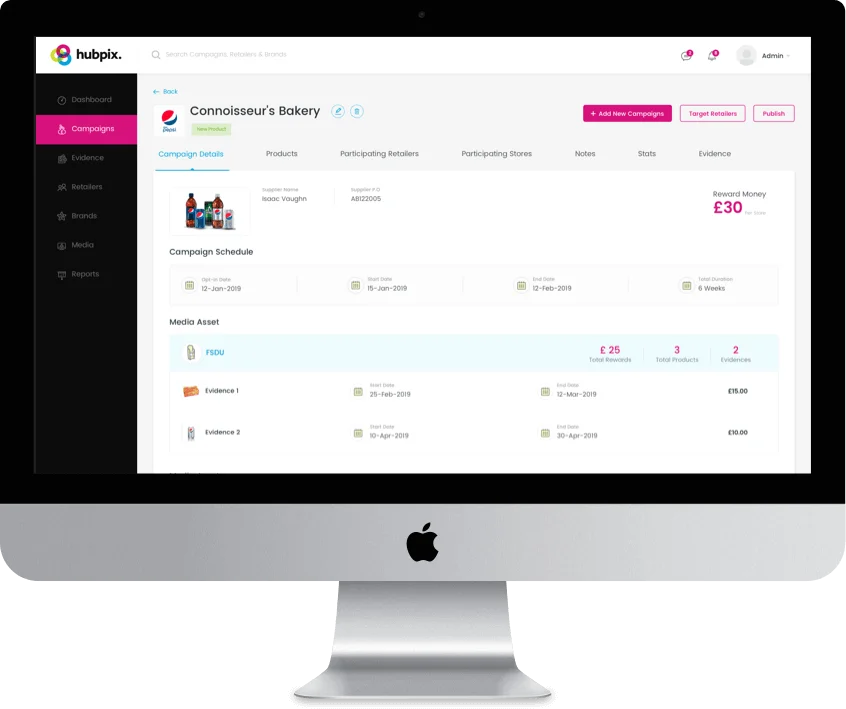How Net Solutions helped Hubpix. design
Client
Hubpix
Industry
Digital Solutions
DELIVERABLES
Ecosystem Mapping
Conducting Field Research
Ecosystem Maps (Ecosystem Mapping)

Hubpix. wanted to fuel their plan to change how in-store advertisements work in the convenience sector. With their base, consisting of 25000+ retailers, we developed a platform for the client that enabled brands to connect with independent retailers by adding value to both ends of the network — drive better activation to grow sales.

We created Ecosystem Maps to understand the existing business model with brands & independent retailers and how they interact.
We conducted field research under product strategy as a service and methodology to accomplish the task at hand with multiple iterations of Research->Plan->Create->Test. When we began with the field research, the first activity we performed was mapping the ecosystem in an “As Is” state. We gathered the following insights:


Based on the above insights, we proposed the following solutions to leverage the opportunities present within the existing system:
We created a “To Be” version of the ecosystem map to highlight all the possibilities and to create a brand positioning strategy for Hubpix. We highlighted all the opportunities and areas that can be addressed through a brand new platform that connects brands with retailers:

We created a new digital model where brands can create their advertising campaigns and retailers can earn cash rewards by using a mobile app to provide evidence for in-store media activation. With this digital model, both ends of the network would derive benefit from each other.
Through the new model, we completely removed the brand’s dependency on field sales for media activation. We also reduced the print media waste in this process by pre-validating the retailers, who are actually willing to activate the campaign in their stores, rather than sending media assets to everybody in the hope of activation, which was being practiced in the existing model.
The feedback loop for brands and retailers that we built for the client was an important feature. Earlier, brands were clueless about what elements worked for retailers and what challenges they had. With the new digital platform, both brands and retailers were able to communicate with each other during the campaign to correct any ongoing engagement or to provide retailers with better offers and more customized campaigns in the future.